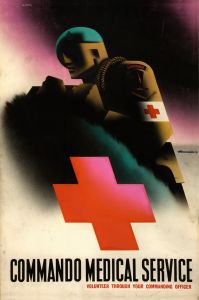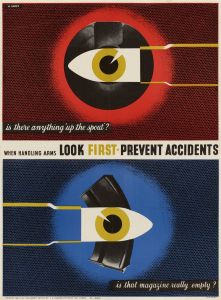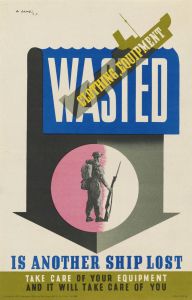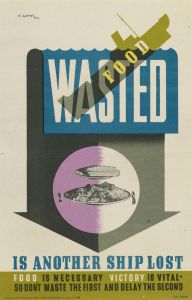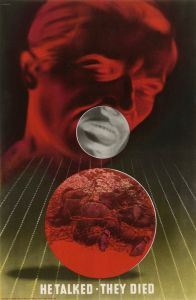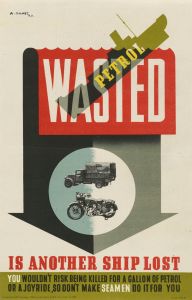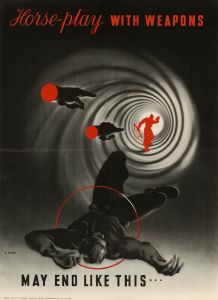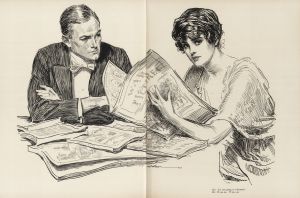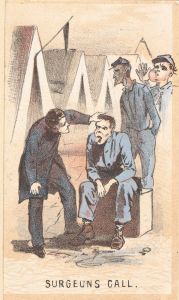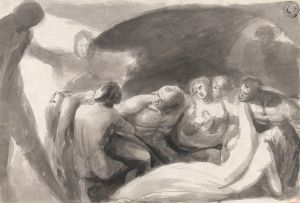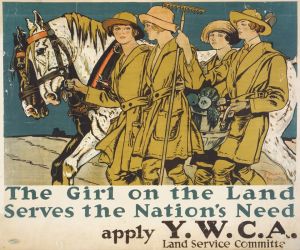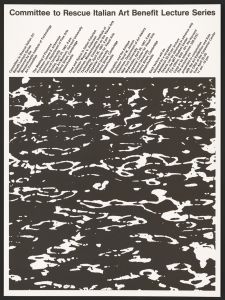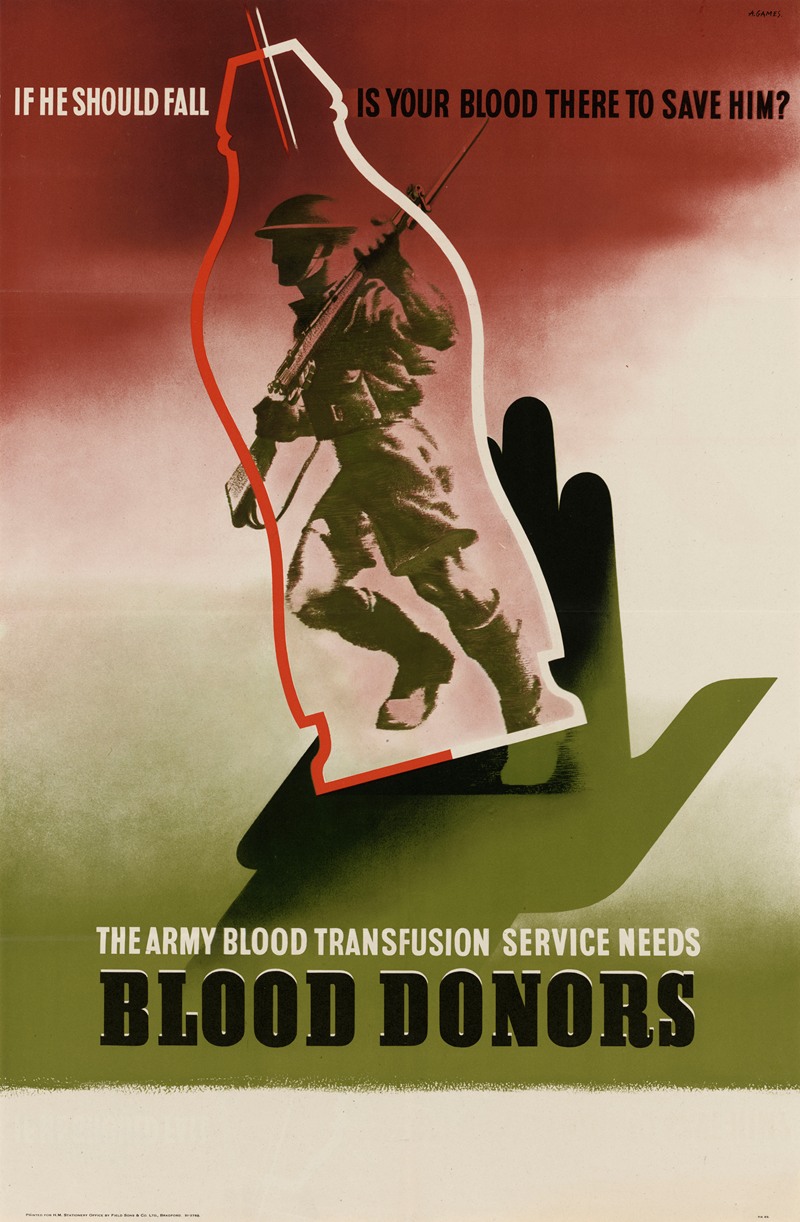
The Army Blood Transfusion Service Needs Blood Donors
A hand-painted replica of Abram Games’s masterpiece The Army Blood Transfusion Service Needs Blood Donors, meticulously crafted by professional artists to capture the true essence of the original. Each piece is created with museum-quality canvas and rare mineral pigments, carefully painted by experienced artists with delicate brushstrokes and rich, layered colors to perfectly recreate the texture of the original artwork. Unlike machine-printed reproductions, this hand-painted version brings the painting to life, infused with the artist’s emotions and skill in every stroke. Whether for personal collection or home decoration, it instantly elevates the artistic atmosphere of any space.
The Army Blood Transfusion Service Needs Blood Donors is a notable poster created by the British graphic designer Abram Games during World War II. Abram Games, born in 1914 in London, was one of the most prominent graphic designers of the 20th century, known for his ability to convey powerful messages with minimalistic and striking visual elements. His work during the war played a significant role in British propaganda efforts.
This particular poster was part of a broader campaign to encourage blood donation among the British public and military personnel. During World War II, the need for blood donations was critical due to the high number of casualties and the necessity for medical supplies on the front lines. The Army Blood Transfusion Service was responsible for collecting, processing, and distributing blood to those in need, both in military hospitals and on the battlefield.
Games' design for the poster is characterized by its simplicity and effectiveness. It features a bold and direct message, urging individuals to contribute to the war effort by donating blood. The visual elements are carefully chosen to capture attention and convey urgency. The use of color, typography, and imagery is typical of Games' style, which often included a limited color palette and clear, impactful graphics.
The poster reflects the broader context of wartime Britain, where propaganda played a crucial role in maintaining morale and encouraging public participation in various war-related activities. The government commissioned artists like Games to produce materials that would resonate with the public and inspire action. His work was part of a larger strategy to mobilize the home front and ensure that essential services, such as blood donation, were adequately supported.
Abram Games' contribution to wartime propaganda extended beyond this poster. He was appointed as an official war artist and produced numerous designs for the War Office, each characterized by his distinctive approach to visual communication. His posters covered a range of topics, from recruitment and safety to health and welfare, each designed to be easily understood and remembered by the public.
The impact of Games' work during the war was significant, and his designs have been studied and admired for their clarity and effectiveness. The Army Blood Transfusion Service Needs Blood Donors is a prime example of how graphic design can be used to influence public behavior and support critical initiatives during times of crisis.
After the war, Games continued to work as a graphic designer, leaving a lasting legacy in the field. His wartime posters remain iconic, representing both the historical context of their creation and the enduring power of visual communication. The poster is preserved as part of collections that celebrate the history of design and the role of art in public service.






